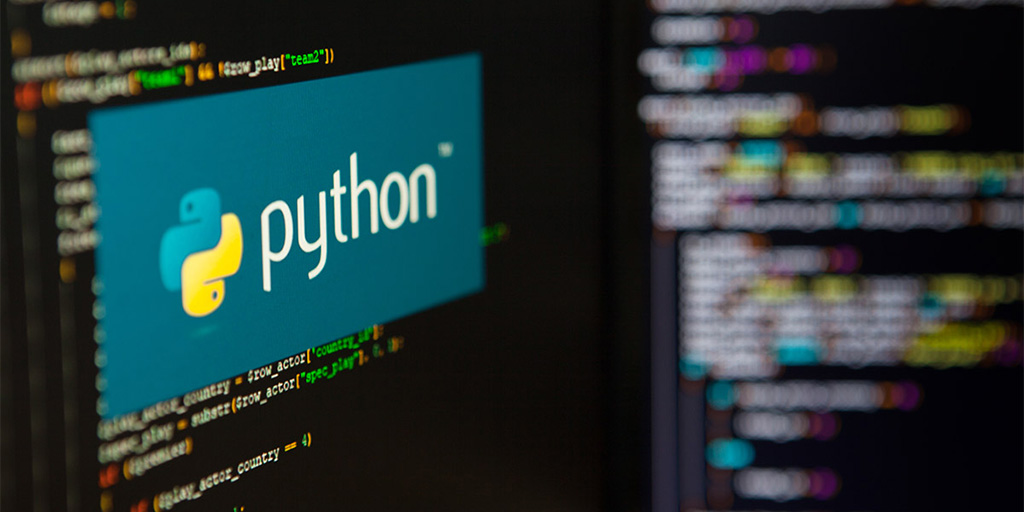Python learning offers a rewarding journey into the world of programming. As a versatile and beginner-friendly language, Python provides a solid foundation for aspiring developers and seasoned programmers alike. Its clean syntax and extensive libraries make it ideal for web development, data analysis, machine learning, and automation. Whether you're a student, professional, or hobbyist, learning Python opens doors to a wide range of exciting opportunities in the tech industry. Embrace Python, and embark on a learning adventure that will empower you to create innovative solutions and bring your coding dreams to life.
Learning Python is a transformative experience that equips us with valuable skills and insights. With Python, we gain proficiency in a versatile and widely-used language, opening doors to a myriad of career opportunities in software development, data science, and automation. Its simplicity and readability foster a smooth learning curve, making it accessible to beginners. Through Python, we understand core programming concepts and learn to solve complex problems efficiently. The language's rich ecosystem of libraries and frameworks empowers us to tackle diverse projects, from web development to artificial intelligence. Embracing Python nurtures our creativity, enabling us to build innovative applications and contribute meaningfully to the ever-evolving tech landscape.
- You gain access to a vast job market
- Enables diverse projects: web dev, data analysis, automation, AI, scientific computing
- Career opportunities in various industries, such as tech, finance, healthcare, and more
- Helping you build robust and functional applications faster, boosting your productivity
- Vibrant developer community sharing knowledge willingly
- 1: Introduction to Python
- Overview of Python programming language
- Installing Python and setting up the development environment
- Running Python scripts and interactive mode
- Basic syntax and print function
- 2: Variables and Data Types
- Declaring and initializing variables
- Numeric data types (int, float, complex)
- Strings and string manipulation
- Boolean data type and boolean logic
- 3: Operators and Expressions
- Arithmetic, assignment, comparison, and logical operators
- Operator precedence and associativity
- Conditional expressions (ternary operator)
- String concatenation and formatting
- 4: Control Flow Statements
- Conditional statements (if, else-if, else)
- Looping structures (while, for)
- Nesting and combining control flow statements
- Break and continue statements
- 5: Data Structures (Lists and Tuples)
- Lists: creating, accessing elements, slicing, and modifying
- List methods and functions (len, append, insert, remove, etc.)
- Tuples: creating, accessing elements, and immutability
- 6: Data Structures (Dictionaries and Sets)
- Dictionaries: creating, accessing elements, and modifying
- Dictionary methods (keys, values, items, etc.)
- Sets: creating, adding elements, set operations
- 7: Functions
- Defining and calling functions
- Function arguments (positional, keyword, default)
- Scope and lifetime of variables
- Lambda functions and built-in functions
- 8: File Handling
- Reading from and writing to files
- Working with different file modes (read, write, append)
- Handling file-related exceptions
- Using "with" statement for file handling
- 9: Object-Oriented Programming (OOP)
- Classes and objects
- Constructors and instance variables
- Methods, class variables, and static methods
- Inheritance and method overriding
- 10: Exception Handling
- Understanding exceptions and their types
- Using try-except blocks for error handling
- Raising custom exceptions
- Handling multiple exceptions
- 11: Modules and Packages
- Creating and using Python modules
- Importing modules and functions
- Understanding packages and using them
- Exploring the Python Standard Library
- 12: Working with APIs
- Introduction to APIs and RESTful web services
- Making API requests with Python (using requests library)
- Parsing JSON responses
- Building a simple API client
- 13: Introduction to NumPy and Pandas
- Introduction to NumPy for numerical computing
- Creating arrays and performing operations
- Introduction to Pandas for data manipulation and analysis
- Working with DataFrames and Series
- 14: Introduction to Flask (Web Development)
- Introduction to Flask framework for web development
- Setting up a basic Flask application
- Handling routes and requests
- Rendering templates and working with forms
- 15: Review and Live Project
- Review of course topics and concepts
- Working on a Live Python project to reinforce learning
- Presenting and discussing project outcomes


